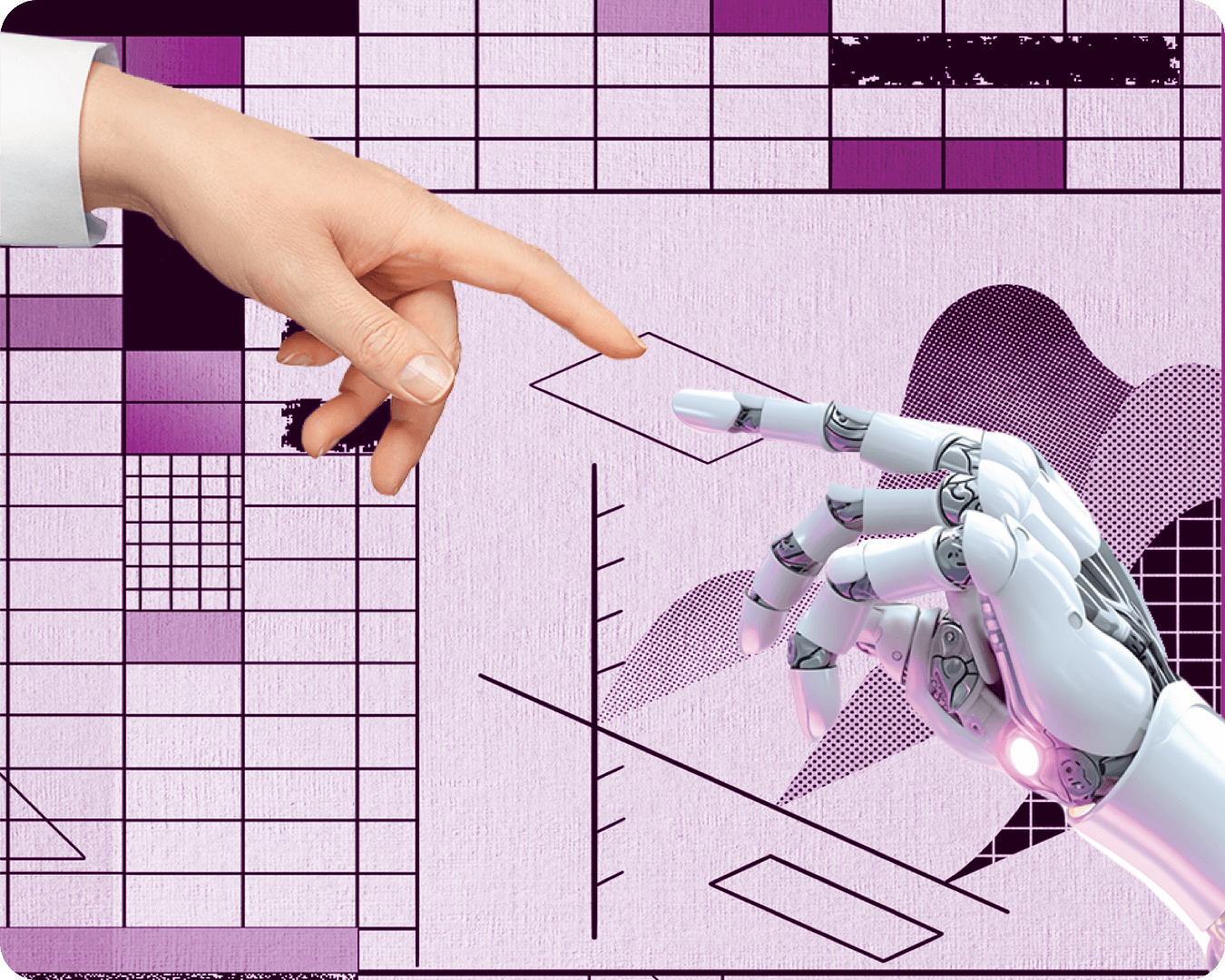3 construction technology disruptions that will have to depend on BIM
October 22, 2019

The construction industry is poised on the cusp of a critical paradigm shift. Some great advancement has taken place over time. Technology is powering better plans of action. The traditional ways are being improved with a new set of principles that hope to encourage the value of digital processes while embracing changes in disruptive technologies.
As engineers and contractors unite to discover new and better methods of collaborating and delivering projects, the capability of BIM processes is now acknowledged to deliver better project performance through more streamlined methods. The ability to capture, design, and simulate various infrastructure resources is progressing and providing new levels of visualization.
Building Information Modelling (BIM) is now an accepted method, supported by technology, to collaborate better and share data across the lifecycle of a construction project. It has also, for long, been a catalyst for a change in the way we manage, design and develop a construction project. BIM promotes more structured real-time capture of project data. Over the process, it brings more accuracy to the building construction and enables the exchange of significant project information between the various stakeholders. Moreover, further developments in BIM are slated to make construction projects more productive and affordable by including revolutionary sustainability and safety measures.
But the value of BIM is only now becoming apparent as an enabler for tomorrow’s technology movements. BIM’s comprehensive data gathering, structured and seamless collaboration, and better integration with other software solutions like ERP systems could unlock even greater value by forming the foundation for some truly disruptive process.
Here are 3 technology waves that will have to depend on BIM in one way or the other for their widespread application.
- Artificial Intelligence: In terms of project design and planning, AI can make a huge impact from initial design modeling, to project planning, to ongoing diagnostics. Of course, AI heavily dependents on data. And that comprehensive, structured, and accurate data can be best captured from BIM.
With BIM driving AI, architects, designers, and contractors, can visualize an entire project and experience construction progress in real-time even before it happens. Complex interactions between parameters and factors can be baked into these visualizations.
Also, safety on a construction site requires the proper foresight, planning, and protocol. BIM with real-time AI can equip construction site managers with the insights they need to ensure safety for themselves and all the team members on the site. Potential on-site risks could be eliminated through prior warning. Heavy machinery, such as cranes, loaders, and trucks, can be more easily coordinated on the construction site.
- Augmented Reality: Augmented reality is an emerging trend in the construction industry because of its ability to visualise a modified version of the real world through a lens. Just like BIM is a way to build a structure virtually before you build physically, AR is a way to see (and experience) virtually before you build.
Augmented reality paired with BIM can help provide accurate and detailed comparisons between what has been planned with what has been built to evaluate progress and deviations on the spot. Such implementation of augmented reality in building and construction processes can help save money on rework.
Another advantage of using augmented reality is that people can collaborate and solve problems effectively even while being in different locations. AR can also be used to provide training that is more immersive and contextual. In such situations, using the BIM model as a base will help ensure that everyone is working with a single version of the truth. This will ensure consistency and accuracy.
- Sustainable construction: Sustainable design has turned into a strategic imperative in recent years. Today, the focus is both on building green and on green buildings. It’s also apparent that much of sustainability in building practices is about reducing waste in materials as well as in energy and expense. And BIM plays a crucial role in promoting that.
BIM is an ideal catalyst to drive sustainable building practices as well as improved and more energy-efficient building performance. Consider this in the context of making environment-friendly material choices and energy-efficient construction practices. Both need to be based on a solid foundation of comprehensive planning, accurate information, and real-time monitoring. The delivery of data required for these improvements is a key value of BIM.
The most significant benefits of BIM for sustainable building design are:
1) Integrated project delivery
2) Design optimisation.
BIM has helped construction professionals deliver complex and involved construction projects around the world. But as the world of construction is changing, it’s time for the role of BIM to evolve too. A data-driven sector with an emphasis on technological improvements and real-time collaboration is around the corner. And BIM will play a central role in that too.















